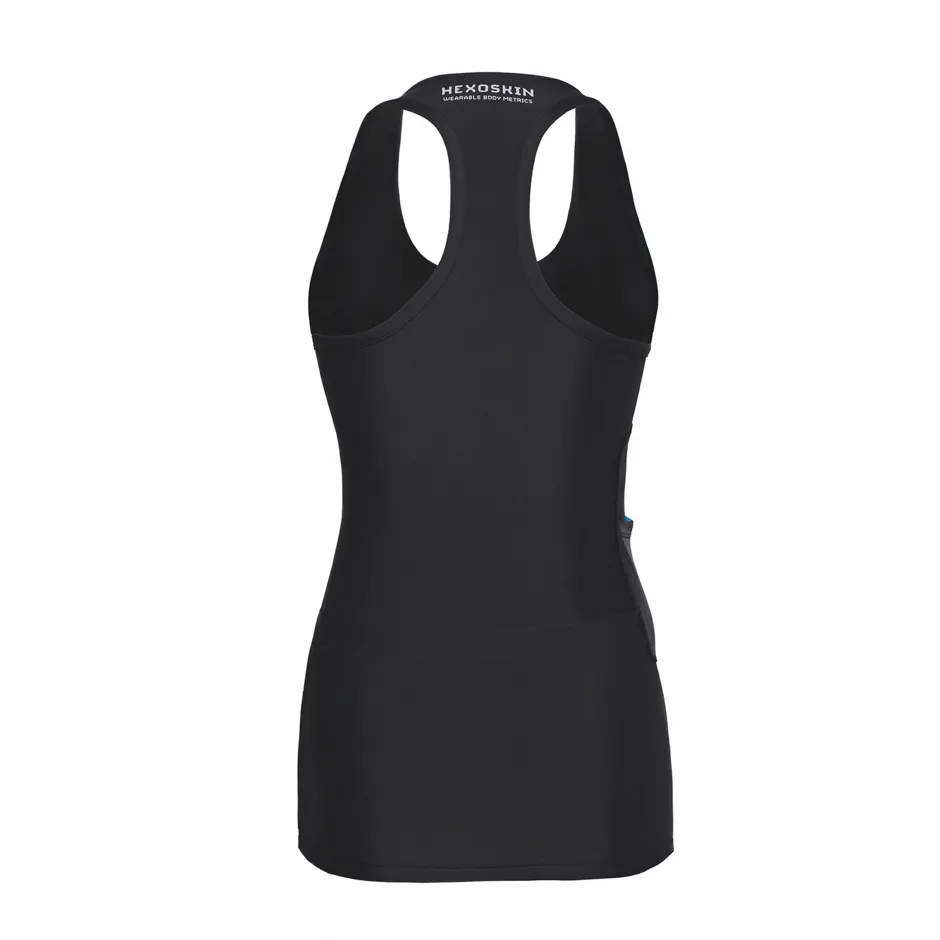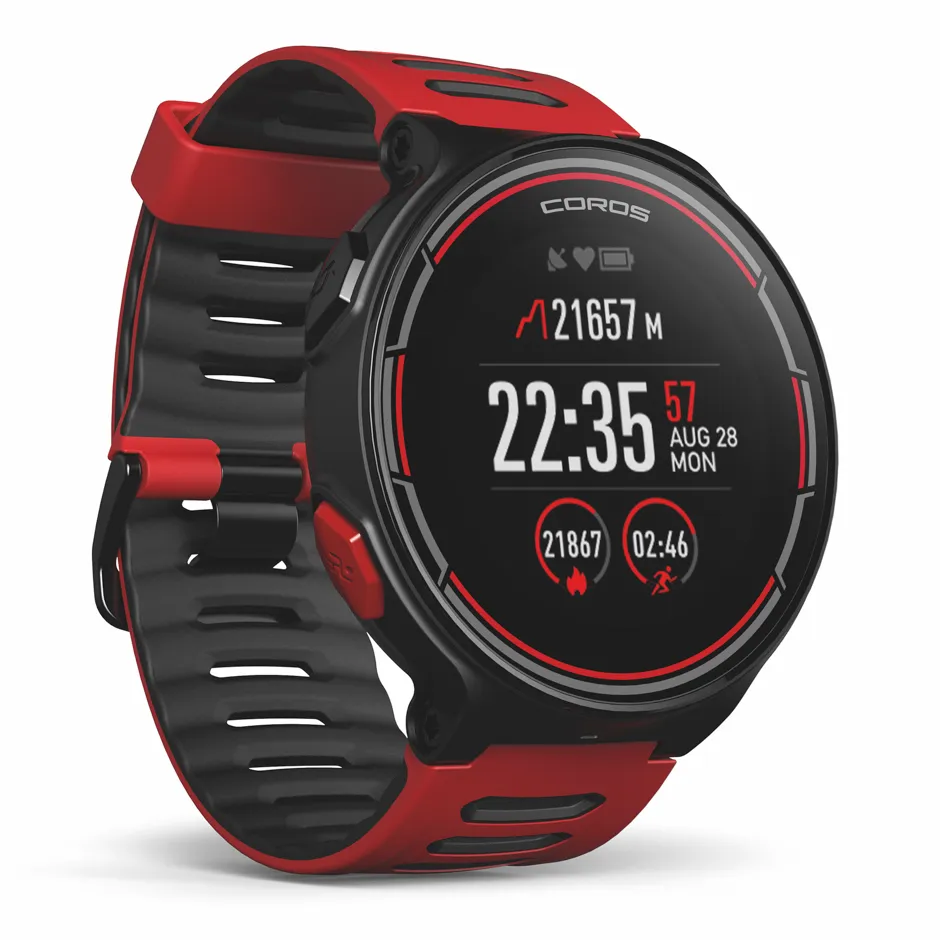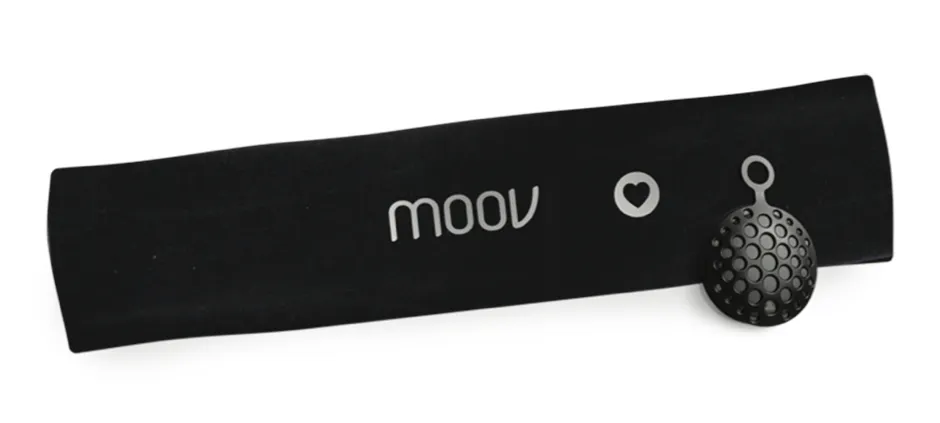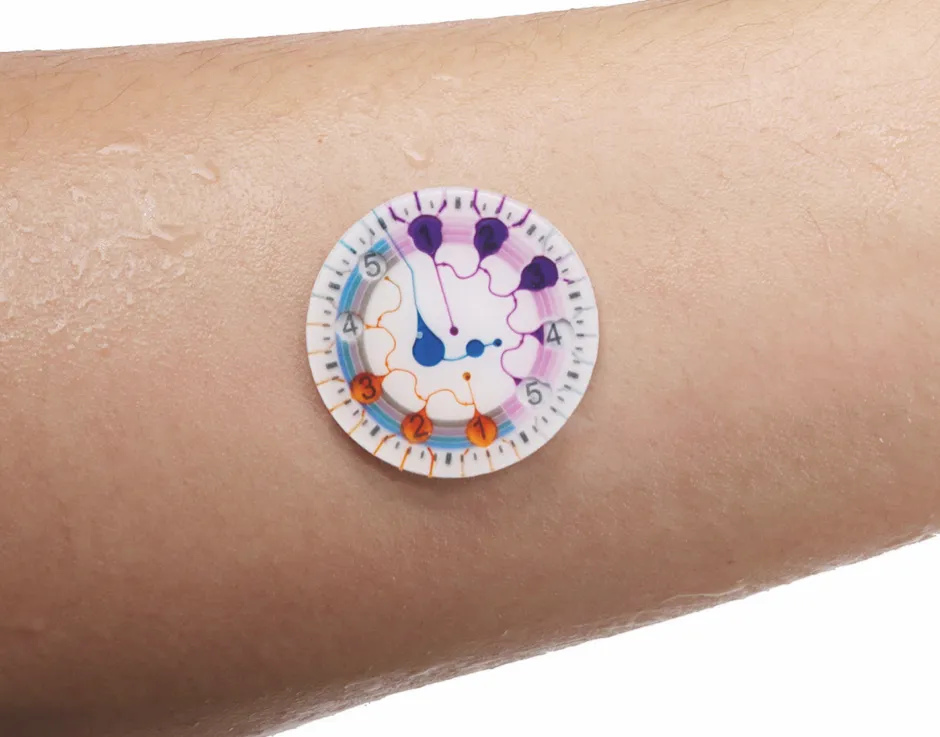With the vast variety of fitness trackers on the market, it's hard to know what data is useful. When there's watches, wristbands, sweatbands and t-shirts to choose from, how do you decide? Jonathan Peake, exercise physiologist at Queensland University of Technology, takes us through it.
Why wearables?
I have a keen interest in methods for monitoring stress in athletes, and that’s where my interest in health and wearable technology comes in; understanding how they work, whether they’ve been validated, and whether they agree with gold standard technology.
How does validation work?
There’s no standardised method, but a comparison to gold standard is the best way to go. Some Fitbit devices allow you to monitor sleep patterns and sleep quality, so the comparison there would be to send someone to a sleep clinic. You’d hook them up to cables to monitor brain activity, and also give them a Fitbit device to wear. You’d compare the two to see the level of agreement. For a heart rate monitor, you’d compare it with a 12-lead electrocardiogram (ECG). Getting products tested independently is important as well, to avoid conflicts of interest.
Read more:
- HIIT is changing the way we work out, here's the science why it works
- What happens to my body when I exercise?
Which variables can improve someone’s exercise routine?
I think there’s plenty to be gained by measuring basics like step count, distance, heart rate, and heart rate variability. Heart rate monitors are a well-accepted part of an athlete’s toolkit. Now we’ve got more advanced smartwatches which provide GPS information, and data about time spent in different heart rate zones. That’s useful and well-accepted within the exercise physiology community and that information has been validated.
Newer technologies measure the variation in the time between heartbeats, which is called heart rate variability. They use that to calculate a recovery index, which tells you when you’re ready to train again. That’s good in a way; it gives you a nice indicator. But it’s based on data that’s been oversimplified. A lot of assumptions and shortcuts are built into these types of devices, but most of the public are happy to settle for that compromise, even though they might be getting slightly inaccurate information.
How do these shortcuts work?
Heart rate variability is probably the best example. Heart rate variability gives you a window into your autonomic nervous system, which can be divided up into your parasympathetic nervous system – rest and digest – and the sympathetic nervous system which is the fight, flight or fright branch.
When we exercise, the sympathetic nervous system dominates, because the heart needs to beat fast to deliver oxygen around the body. During recovery we’re aiming to flip the switch and promote more parasympathetic activity, so the body’s various different systems can take care of repairing tissues and restoring the various different physiological systems.
There are at least four or five different metrics that exercise physiologists derive from heart rate data, but wearables simplify this information for the user by generating a ‘recovery index’, which is based roughly on the balance between sympathetic and parasympathetic activation.
Read more fromTroubleshoot:
Which variables aren’t useful?
Some measurements coming through probably require a fair bit more validation, explanation and interpretation for the user.
Some wearables monitor environmental information and hydration status. There are patches that you can strap to your body, which have been developed with quite a lot of technology and science behind them. They sample small drops of sweat and pass them through a microfluidic system, which measures electrolyte levels and gives you a readout on your hydration status.
There’s still some way to go before that becomes a user-friendly thing. The same goes for blood oxygenation levels.
How can we best use consumer exercise products?
It’s valuable to track exercise intensity and recovery – bearing in mind the shortcomings and assumptions that go with the data those watches provide – as well as training loads and distances. Some high-end watches can be connected to second- or third-party software that analyse your training in more detail. Putting aside issues around accuracy and validity, if people are using wearables consistently, then they can generate specific, personalised information.
I don’t think there’s a lot of value in comparing your own data against other people or population norms, but you can monitor your own data across time, which can be quite powerful.
What are the best fitness trackers?
Keep an eye on the important, reliable variables with these finely tuned trackers.
1
Hexoskin Smart Shirts

These t-shirts and vests allow you to move away from using a wrist-based tracker. They’ll record the basics like heart rate (which has been clinically validated) and GPS data, and a tonne of other metrics, like breathing rate, ECG, acceleration and exercise intensity.
2
Suunto 9

The Suunto 9 takes care of everything you might possibly need from a watch, with a price tag to match. It combines GPS and motion sensors for super-accurate distance tracking, uses a barometer to track altitude, predicts the weather, reads your heart rate, and has customised modes for more than 80 sports.
3
COROS PACE

Designed for triathletes, this watch focuses solely on the important variables; it measures heart rate at the wrist, give you information on heart rate zones, includes a highly accurate GPS, and tracks sleep. It’s optimised for fitness but hasn’t packed in any unnecessary features, and as a result it lasts almost a full day when GPS tracking, around double that of its competitors. Its associated app collects your training data, pooling your workouts across time so you can track your progress.
4
Moov HR Sweat

Moov’s adored for making no-frills, affordable tracking devices. You can watch them test their new heart-rate tracking headband against an ECG on their website; the results make this wearable look seriously reliable.
5
Epicore Biosystems Microfluidic Sensor

These wearable adhesive sensors sample the biomarkers in sweat, allowing athletes to track sweat rate and electrolyte loss in order to stay perfectly hydrated. They’re still being tested in the lab at the moment, but could soon be consumer-friendly.
Follow Science Focus onTwitter,Facebook, Instagramand Flipboard
